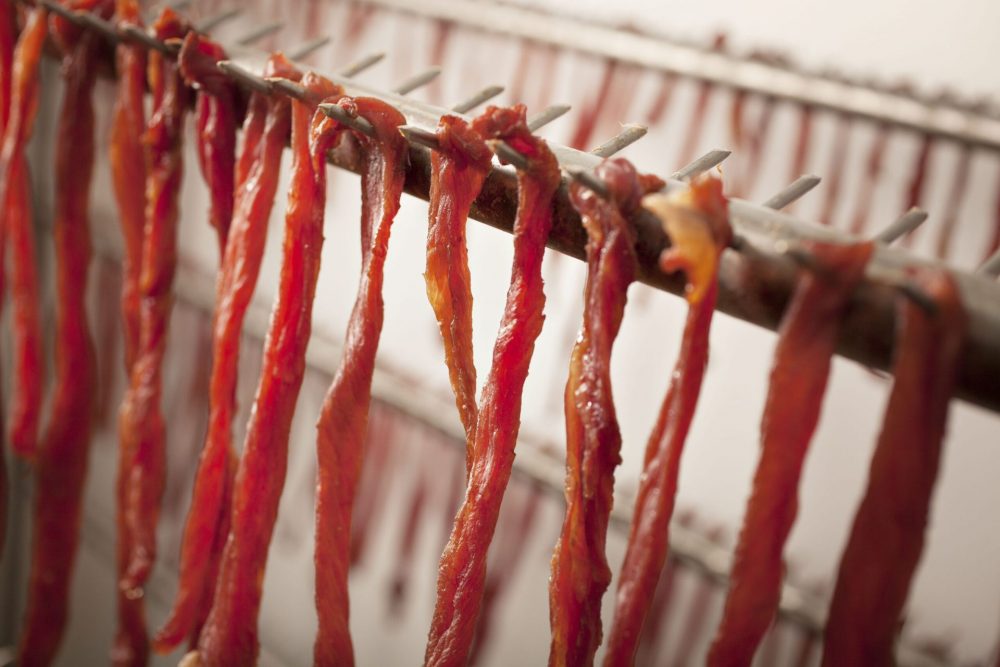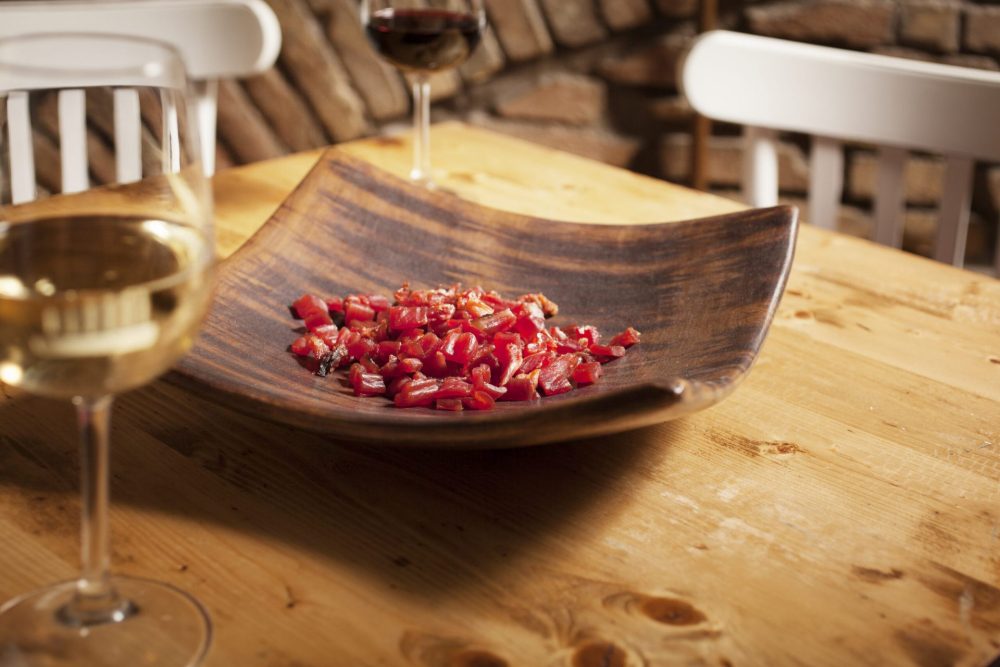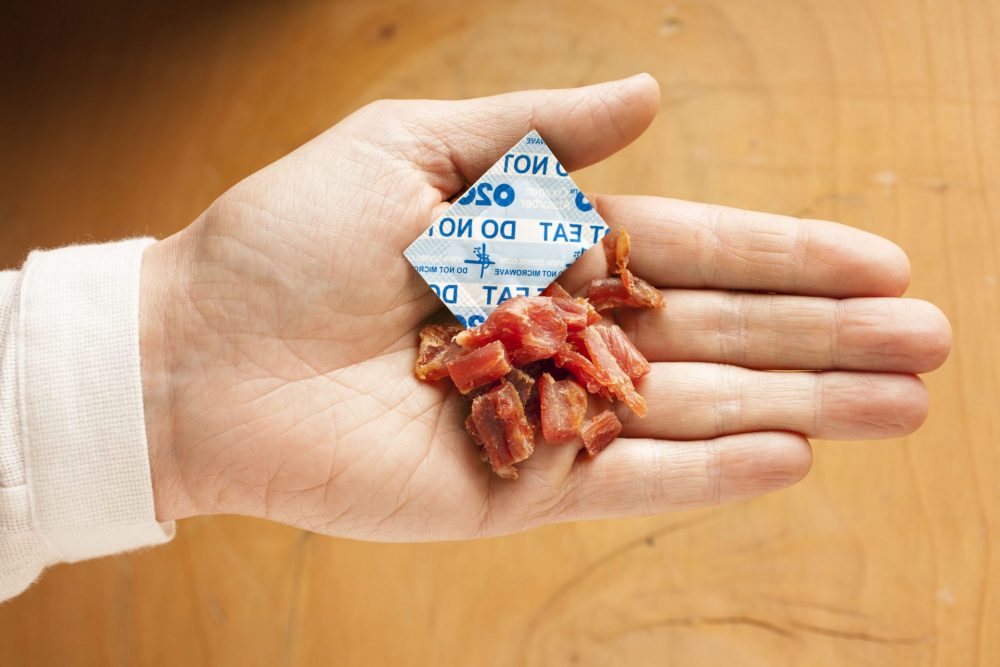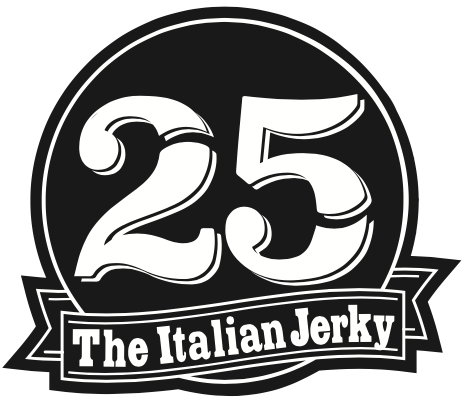
La carne secca
Dried meat in Italy
“September, let’s go. It’s time to migrate”
Gabriele d’Annunzio, in his famous poem “The Shepherds”, describes the millenary tradition of “Transhumance”, that is the moment of the year when the shepherds moved the flocks from the plain, where they had spent the winter, to the plateaus -montication -, where they sought the mountain pastures to overcome the summer heat and then in September they returned to the plains to winter -demontication-.
Transhumance brings with it a culinary tradition linked to sheep farming: callara sheep, shepherds’ boiled meat, pagan, pancotto … among these, dried meat.
The animals of the transhumance were traditionally sheep, goats, horses, mules, donkeys, cows. Elderly or sick animals were slaughtered and their meat, cut into strips and spiced, was dried for several days, creating a protein snack that allowed the shepherds to feed during the day, while they tended the flocks, without having to stop. This tradition has created two products: coppiette and musciska.
Coppiette, in Lazio, lower Tuscany and Abruzzo, were produced using donkey or horse meat. The name comes from the tradition of hanging strips of spiced meat on a string pulled over the chimney, creating a distinctive horseshoe shape. The drying could last several days and the fireplace gave a smell of smoke to the meat. It was traditionally eaten dry.
Musciska is instead a traditional product of the Gargano and Alta Murgia, where the Tratturo Grande, one of the transhumance routes, ended. The word comes from the Arabic mossammed, “hard thing”, which betrays the Middle Eastern origin of the recipe. Tradition has it that goat meat was used, hanging from the branches of the trees near the shelter, where it was left to dry in the sun and in the wind for about a month and then it was spiced. It can be eaten fresh on the grill or dried with a pinch of lemon juice.
In the Belluno area there is another similar tradition, linked to the woodcutters, who went for a long time to gather wood in the woods and needed to feed themselves during the activity without stopping. Again, the demand was for protein.
Pendola is traditionally made using beef, sheep or goat meat. The meat, after being cut and spiced with mountain herbs, was hung on the fogher, the hearth, to dry in the smoke of beech wood which gives the meat its characteristic aromas.

Dried meat in the world
There are many similar traditions around the world. The Biltong (South Africa), the Jerky (United States of America), the Charqui (South America / Chile), the Pemmican (North America), the Pastirma (Turkey, Egypt, Russia), the Tasajo (Cuba), the Nikku (Arctic Canada), Sou nan and Rou gan (China), Carne seca (Mexico), Fenalår (Norway) … each corresponds to a specific cultural tradition.
From American Indians to South African Afrikaners, from Eskimos to Finns, passing through pre-Colombian and Inuit peoples as well as Middle Eastern populations.
The starting meat can be varied: bison, beef, game, seal, caribou, seal, turkey, etc.
The spices are extremely different, linked to the territory or to tradition. Marinated in soy, or using only wild herbs, smoked with beech, oak, peat or sun-dried, the strips of meat take on extremely different characteristics depending on the people, the place and the tradition.
Salt is undoubtedly the lowest common denominator of all dried meats in the world.
In our Jerky Blog we tell some stories of dried meat around the world.

